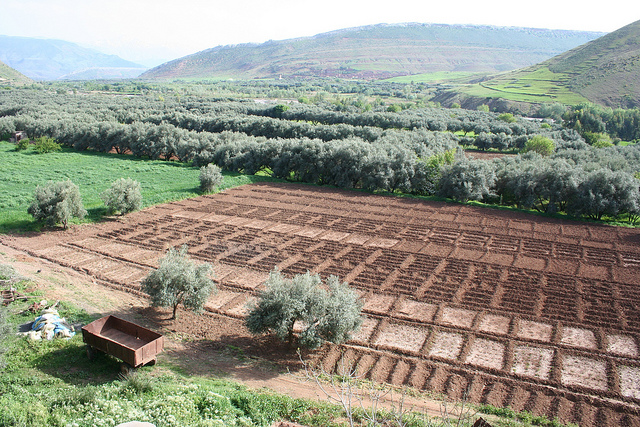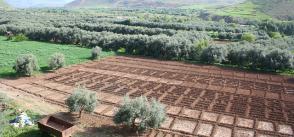
The impact of rural transformations on women farmers
Rural areas are changing rapidly, but the shift does not affect women and men in the same way.
[...] In countries in the Middle East and North Africa, Central Asia, South Asia, and Latin America, agriculture is clearly feminizing. The trends are especially pronounced in Near East and North Africa countries.
In North Africa, the percentage of women in agriculture increased from about 30% in 1980 to 43% in 2010. In the Middle East, the percentage of women in agriculture rose from 35% to 48% in the same period (FAO 2011), with even more striking changes for some countries in the region. For example, before the conflict in Syria, women’s share in agricultural employment more than doubled, rising from about 30% in 1980 to more than 60% in 2010.
A similar pattern is observed in Iraq and Morocco over the same period, where the share of women in agricultural employment increased from 30% to 50%. In less than 15 years (between 1999 and 2013) in Armenia, females’ share in agricultural employment increased from 45% to 59%.
Read the full post by Vanya Slavchevska via Let's Talk Development blog.
[Photo by Richard Allaway | Flickr]







